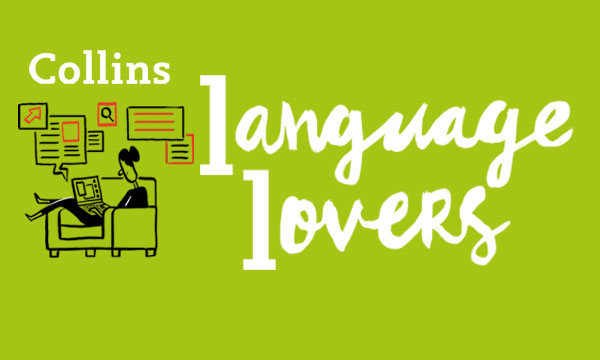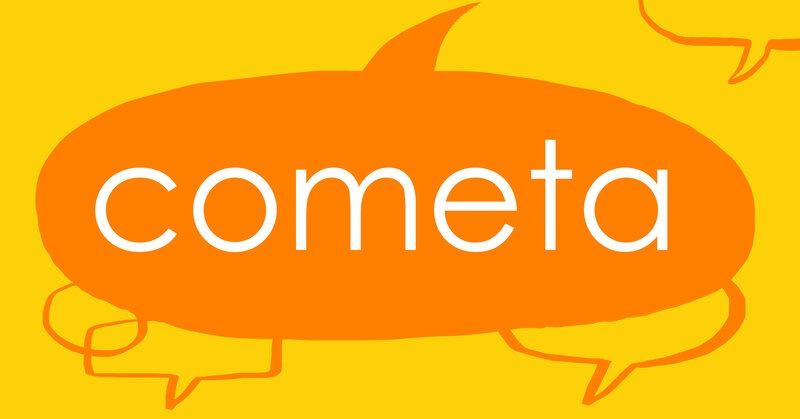When you picture the future of work, what do you see? Commutes made shorter by flying cars? Artificial intelligence making your day-to-day job a breeze? We may not yet have cracked some of the more futuristic ideas seen on the silver screen, but in a post-pandemic world, we’ve seen some significant steps forward in the way we work.
The changing world of work has led to an influx of new vocabulary – some with old roots and some brand new. For example, the ‘4-day work week’, which allows office workers to condense their working hours without taking a pay cut. In this blog, we’ve compiled 9 words to add to your professional vocabulary, from digital nomad to quiet quitting.
Hybrid working
Selected as one of our Words of the Year in 2021, hybrid working came to represent one of the new ways we lived and worked during and after the pandemic. Defined as the practice of alternating between different working environments, many office workers found themselves creating home offices wherever they had space – be that the kitchen table or the sofa.
Even post pandemic, major companies such as Spotify, Salesforce, Facebook and Google have continued with a hybrid model to give their employees more flexibility. This has led to lots of new terminology including hybrid teams, hybrid companies and hybrid workplaces. That said, hybrid is not a new word. It’s been in the English language since the 17thcentury and is commonly used to refer to the offspring of two animals or plants of different varieties.
Digital nomad
Once upon a time, a nomad was defined as a wanderer or a tribe of people who had no fixed abode, which comes from the 16th-century French nomade, which in turn finds its roots in the Latin nomas, meaning ‘wandering shepherd’. In this ancient form, nomads would often be travelling to seek pastures on which to make their livelihood.
In the 21stcentury, a digital nomad takes a similar approach. They wander from place to place, usually beautiful and Instagram-worthy – using technology and collaboration tools to keep them connected to work. This allows the modern worker to see the world while also continuing to earn, usually as a freelancer. Some companies actively encourage their employees to work remotely given the many benefits including favourable exchange rates, cheaper cost of living, and the opportunity to broaden their horizons.
Freelance
Speaking of making old words new again, enter freelance. Today, a freelancer is a professional who works for more than one company on a contractbasis, instead of being permanently employed. For example, a freelance journalist may write for multiple publications, or a freelance consultant may offer their services to several different companies at any one time. As remote technologies improve, work can be more easily outsourced to freelancers who may not be based locally, but who can provide expertise that supplements in-house knowledge.
However, if you were a freelancer in the 18thcentury, you’d be a sword for hire. The earliest citation of the word freelance is from Sir Walter Scott’s Ivanhoe and it was used to describe a lord’s paid army of ‘free lances’, medieval mercenaries who were willing to lend their skills to the highest bidder. Hired soldiers have been around since at least 1000 AD and freelance is an amalgamation of the words free and lance.
Quiet quitting
One of the newer trends in an increasingly demanding work environment and a brand-new entry for the Collins Dictionary, quiet quitting involves putting in no more work to your job than you’re contractually obliged to do. Quiet quitting has become increasingly popular since the pandemic, as the traditional workplace has experienced a shift and people find themselves questioning whether their jobs are really the right fit for their wider life goals.
But wait, how exactly is that quitting you ask? Well, the increasing amount of technology that allows us to be more connected and collaborative also makes it much harder to switch off. This has led to a generation of workers who find themselves taking on more and more responsibilities in their daily jobs without an appropriate promotion or pay rise, leading to unprecedented levels of professional burnout.
Gig economy
Another Word of the Year entrant in 2017, the concept of a gig economy has become even more relevant in a post-pandemic world. The gig economy is defined as a job market which consists of short-term or part-time work done by people who are largely self-employed. While this brings to mind jobs like delivery drivers and taxi drivers, the gig economy could technically apply to freelancers as well, as long as the job is short-term.
Where exactly does it come from? The earliest citation of the word gig in the sense of ‘a job’ is from 1908. Of course, gig is most often associated with musicians and other performers, to describe a live performance. The gig economy isn’t going anywhere, with one report claiming that the gig economy is due to grow by more than 17% per year to $455 billion by 2023.
Job sharing
If the gig economy isn’t for you, how about job sharing? As flexible working becomes an increasingly popular ask for the modern worker, job sharing allows two or more people to share the responsibilities of a job between them for complementary parts of the day or week. According to Forbes, job sharing increases productivity by around 30%.
Ten years ago, job sharing was mainly used by caregivers looking to make work fit around other commitments. But now, job sharing is quickly becoming a way for professionals to bring more flexibility to their working lives, allowing them to pursue other interests such as volunteering, hobbies and passion projects.
Quiet firing
Another new entry to the Collins Dictionary! On the flipside of quiet quitting, we have quiet firing. Defined as the practice of gradually marginalising an employee in the hope that they’ll voluntarily resign, quiet firing is typically the result of a toxic work culture in which companies fail to provide adequate support and engagement for their employees.
While it is becoming more common in the workplace as a way of avoiding awkward conversations around redundancy or firing, there are many news articles out there to help employees identify the signs of quiet firing. These include highly critical managers, a reluctance to discuss career progression, frequently rescheduled or cancelled one-to-one meetings, and being made ‘an example of’ in your workplace.
Instant message
Consider an instant message as the modern-day tap on the shoulder for a ‘quick chat’, but with added emojis. Often abbreviated to IM, instant messaging is a method of online communication used by teams and individuals. It allows for real-time communication even when members of the team are working remotely. Popular examples of instant messaging include Slack, Microsoft Teams and WhatsApp.
IM was first invented in the early 1970s as a chat function for government computer networks by American computer scientist Murray Turoff. It came into popular usage in the early internet era when AOL launched their own Instant Messenger in the late 1990s. It took a little while longer for your favourite emoji to appear though: despite being released on Japanese phones in 1999, they weren’t commonly used until the 2010s.
Screen time
Last but not least, we have screen time. Commonly used in relation to kids and iPads, screen time entered the workplace conversation alongside discussion of Zoom fatigue – a feeling of being mentally drained after spending too long in online meetings. Screen time refers to the amount of time you spend staring at screens, whether they’re large computer screens or tiny phone screens. It’s likely you’ll spend all day looking at work-related screens, followed by scrolling your favourite social media platform in the evening.
Before it became a way of describing our addiction to smart technology, screen time was a common term in the entertainment industry. Screen time refers to how much time an actor is visible over the course of a movie, which has a direct impact on negotiating contracts and the perceived stardom of actors. The original usage of screen time dates from the 1920s, the beginning of the silent film era.
By Rachel Quin
Rachel Quin is a freelance marketer and copywriter with a love of language, books and cats.
All opinions expressed on this blog are those of the individual writers, and do not necessarily reflect the opinions or policies of Collins, or its parent company, HarperCollins.




collins_dictionary_official
The home of living language. #wotd #wordlovers #collinsdictionary
Read our word of the week definitions and blog posts: